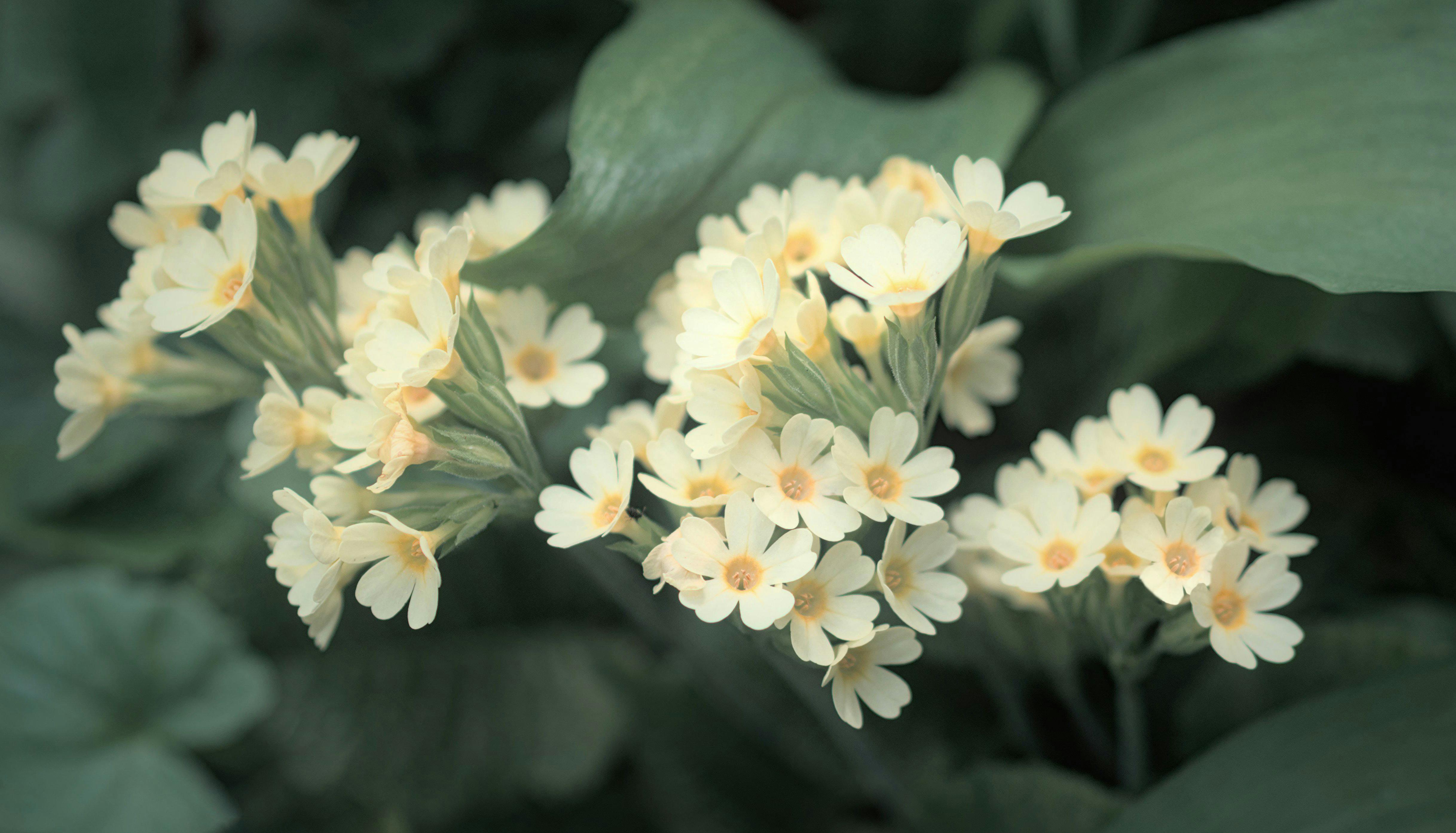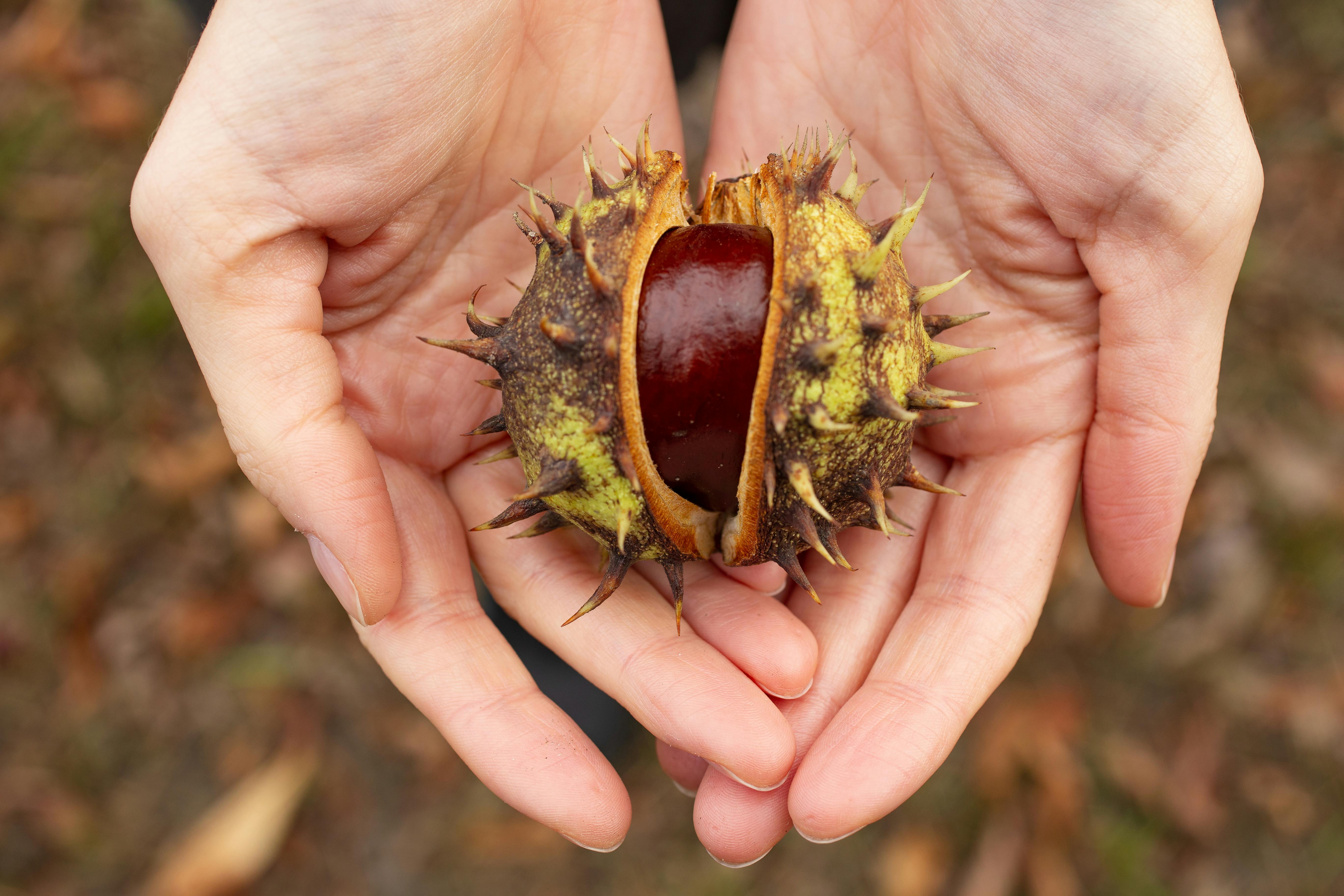Mr. Gardener: Your Ultimate Guide to Gardening Success
Gardening can be a rewarding yet challenging hobby, and having the right guidance makes all the difference. In this comprehensive guide, we will explore the versatile world of gardening through tips, techniques, and insights from Mr. Gardener. By incorporating his expert advice, you’ll be able to cultivate a vibrant and thriving garden that reflects your personal style and meets your gardening goals.
The Importance of Soil Health in Gardening
Soil is the foundation of a successful garden, affecting everything from plant health to water retention. Understanding the components of good soil will elevate your gardening experience. Soil rich in organic matter enhances nutrient availability and microbial activity, which are essential for healthy plant growth. To optimize your soil, consider adding compost or organic fertilizers and testing your soil pH to ensure it meets the requirements of your chosen plants.
Assessing Your Soil Quality
Evaluating the quality of your soil is crucial. One way to assess its health is by conducting a simple soil test, which checks pH levels and nutrient content. A pH of around 6-7 is ideal for most plants. If your soil is too acidic or alkaline, amendments such as lime or sulfur can help adjust the pH levels. Regularly assessing your soil will help you make informed decisions, guiding your choice of plants and fertilizers.
Composting: The Key to Nutrient-Rich Soil
Composting is an effective way to enrich your soil naturally. By recycling kitchen scraps, yard waste, and other organic materials, you can create a nutrient-dense amendment for your garden. Start a compost pile in a corner of your yard, layering materials like carbon-rich brown leaves and nitrogen-rich green scraps. In just a few months, you’ll have homemade compost that improves soil structure, enhances water retention, and promotes healthy root development, ensuring robust plant growth.

Choosing the Right Plants for Your Garden
Selecting plants appropriate for your climate and space is vital for gardening success. Zone-specific planting allows for greater resilience against pests and diseases, ensuring stronger growth and longevity. Research the native plants in your region, as these are often hardier and require less maintenance. Design your garden layout considering sunlight, height, and water needs to create an enduring and visually appealing garden.
Understanding Plant Zones
Plant hardiness zones are regions defined by climatic conditions that impact plant growth. Knowing your zone enables you to select plants that will flourish in your specific environment. The USDA Plant Hardiness Zone Map is an excellent resource for determining what plants are suitable based on temperature ranges. Additionally, consider the sun exposure of your garden; some plants thrive in full sun while others prefer partial shade, impacting their overall health and vitality.
Creating a Year-Round Garden
A year-round garden not only maximizes your outdoor space but also provides continual color and interest. When choosing plants, consider seasonal bloomers that will provide visual appeal throughout the year. Incorporate early-blooming bulbs for spring, summer flowers for vibrant display, autumn foliage for dramatic color shifts, and evergreens to maintain structure in winter months. This approach ensures that your garden remains a source of joy in every season.

Effective Watering Techniques
Watering is a crucial aspect of gardening that can greatly affect plant health. Overwatering or underwatering are common challenges that can lead to issues like root rot or wilting. Establish a watering schedule tailored to your plants’ specific requirements, which may vary based on the time of year, weather conditions, and soil type. Utilizing drip irrigation or soaker hoses can promote efficient water distribution, helping you conserve resources while ensuring your plants thrive.
Rainwater Harvesting for Sustainable Gardening
Implementing rainwater harvesting techniques can significantly reduce your water usage while benefiting your garden. Setting up rain barrels to collect runoff from your roof is an effective means of gathering water for irrigation. This not only provides a sustainable water source but also protects your plants during dry spells. Integrating this practice into your gardening routine enhances your eco-friendliness and promotes responsible water use.
Understanding Plant Water Needs
Understanding the specific watering needs of your plants is essential for gardening success. Some plants prefer consistently moist soil, while others thrive in drier conditions. Conducting a finger test where you stick your finger into the soil can help gauge moisture levels. If the soil feels dry up to two inches deep, it’s time to water. Proper watering not only promotes healthy growth but also establishes a robust root system necessary for plant longevity.
Pest Management Strategies
Effective pest management is crucial for maintaining the health of your garden. Identifying pests early and understanding their life cycles can help you prevent infestations. Implementing integrated pest management (IPM) techniques can minimize the use of harmful chemicals while promoting healthier ecosystems in your garden. Utilizing natural predators, such as ladybugs for aphid control, provides an environmentally friendly approach to maintain balance in your garden.
Natural Pest Control Methods
Natural pest control methods can be very effective in garden maintenance. Companion planting, for example, involves growing certain plants together that deter pests or attract beneficial insects. Marigolds are known for their ability to repel nematodes and other harmful insects. Additionally, using homemade natural sprays, like a mixture of soap and water, can deter pests without harming the environment. Such practices ensure that your garden remains a safe space for both plants and wildlife.
Recognizing Signs of Pest Infestation
Being able to identify signs of pest infestation is essential for quick intervention. Common indicators include visible damage to leaves, discolored foliage, or the presence of droppings. Regularly inspecting your plants, especially the undersides of leaves, can help catch these issues early. Early detection can prevent severe damage and promote a healthier garden environment.
Key Takeaways
- Healthy soil is the foundation of a thriving garden; prioritize soil testing and composting.
- Select plants suited to your climate and design your garden for year-round appeal.
- Implement efficient watering methods to ensure your plants receive the right moisture levels.
- Utilize natural pest control methods for a balanced ecosystem in your garden.
FAQ
1. What is the best way to improve soil quality in my garden?
Improving soil quality can be achieved by incorporating organic matter, such as compost, which enhances nutrient availability. Regular soil testing helps you understand the pH and nutrient levels, allowing you to amend your soil appropriately. Rotating crops and planting cover crops can also help maintain soil health over time.
2. How do I determine the right watering schedule for my garden?
Determining the right watering schedule involves assessing the specific needs of your plants and monitoring weather conditions. Typically, gardens benefit from deep watering every 1-2 weeks. However, check the soil moisture regularly to adjust your schedule based on rainfall and seasonal changes.
3. What are some effective ways to attract beneficial insects to my garden?
To attract beneficial insects, plant a variety of flowers that provide nectar and pollen, such as dill, fennel, and cosmos. Creating habitats like insect hotels and maintaining a diverse ecosystem with varied plant heights can also encourage natural predators to thrive in your garden.
4. Can I use household items for pest control?
Yes, many household items can be used for pest control. For example, mixtures of vinegar or soap solutions can deter pests without harming beneficial insects. Always test any homemade remedy on a small area before widespread application to ensure it doesn’t harm your plants.
5. How can I maintain a sustainable garden?
Maintaining a sustainable garden involves using practices that promote environmental health. Techniques such as rainwater harvesting, composting kitchen waste, and planting native species can significantly reduce your ecological footprint while creating a vibrant garden environment.
6. What role do earthworms play in gardening?
Earthworms contribute significantly to soil health by aerating the soil and promoting nutrient cycling. As they burrow through the ground, they create channels that improve water drainage and allow roots to access nutrients easily. Their presence is a strong indicator of healthy soil.
7. Is it too late to start gardening in the fall?
It’s not too late to start gardening in the fall. Many plants thrive in cooler temperatures, and fall is the perfect time for planting perennials and certain vegetables. Just be sure to select varieties that can establish roots before the heavy frost of winter.
